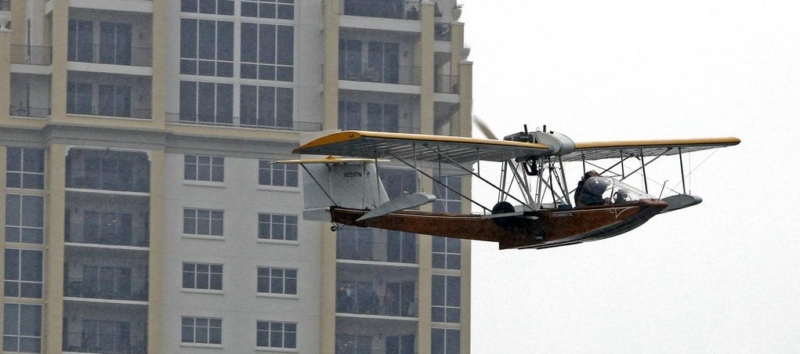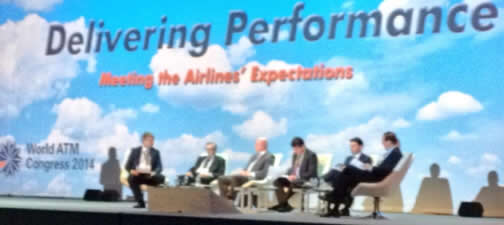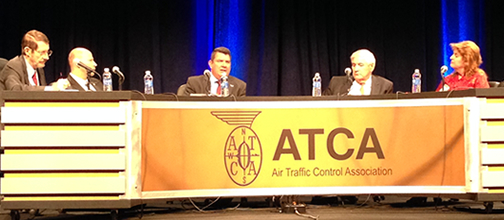This year, we celebrate 100 years since the first commercial flight from St Petersburg in Florida to Tampa Bay and the recent IATA Operations Conference in Kuala Lumpur marked the anniversary.
The strap line claimed “Small World, Big Future”, and whilst there can be no doubt that the world has shrunk over the last century, does the world feel any smaller to the network operations of an airline and are we at risk of missing the opportunity for a big future?
Back in 1914, the 23 mile flight across Florida cost $500 – in today’s terms that would equate to $10,000. I doubt whether the passengers back in 1914 had to queue through security or spend time taxiing on the ground, but unequivocally in cost terms the passenger is getting a much better deal today. For a commercial carrier however, I wonder whether the world feels like an even bigger place as they attempt to navigate via multiple ANSPs and manage a plethora of airport and ground handling contracts across their network. Whilst the world of ATM has introduced many regional initiatives to harmonise traffic management, one gets the feeling that most ANSPs still regard this from the perspective of their own networks rather than those of their customers, which often stretch across the globe.
To deliver real network-wide performance, a carrier must negotiate with a myriad of stakeholders. While many of these agencies remain under State ownership and control it seems unlikely that carriers will be presented with any real choice of suppliers and it therefore seems even more likely that we will be stuck with today’s business model for some time. This is best demonstrated when one examines carriers global annual spend to each type of stakeholder as quoted at the IATA conference:
- $25b to ANSPs;
- $55b to airports;
- $100b to ground service providers.
At a time when ANSPs are under real pressure to decrease costs and increase performance, NATS is committed to a reduction in its ATC route charges domestically in the UK. We are equally committed to driving fuel and efficiency savings for airlines – integrating services from State ANSPs and airports through collaboration and developing innovative airspace and airport solutions around the world. In turn this will drive down what the carriers pay today for fuel, slots and ground services – enabling us to deliver benefit far beyond the boundaries of what many regard as ATC.
So it would seem that in today’s scenario, everyone loses. The Airports Council International (ACI) have stated that 67% of all airports worldwide make a loss – and this number rises to 80% when you only consider regional airports with less than 1 million passengers per annum. What can be done? More legislation? A review of ANSP funding models at a macro level to create markets and introduce a more tangible appetite for change? NATS does not stand alone in providing air navigation services through a model other than state ownership and there would appear to be growing interest globally in testing future options.
For me, the future of ATM must place as much focus on reducing carrier fuel bills and improving airport turnaround and efficiency as it does on reducing its charges to customers.
These are not incompatible nor mutually exclusive goals, and their alignment would allow the delivery of far greater value and perhaps a step closer to the perfect business model.
Let us hope therefore we are not having the same conversation in 2114!
[Header image: A Hoffman X-4 “Mullet Skiff” airboat takes off from the North Yacht Basin in St. Petersburg, Fla. en route to Tampa, on Jan. 1, 2014, recreating the first scheduled commercial airline flight that occurred exactly 100 years ago. Image courtesy of IATA.]
Comments
Please respect our commenting policy and guidelines when posting on this website.





